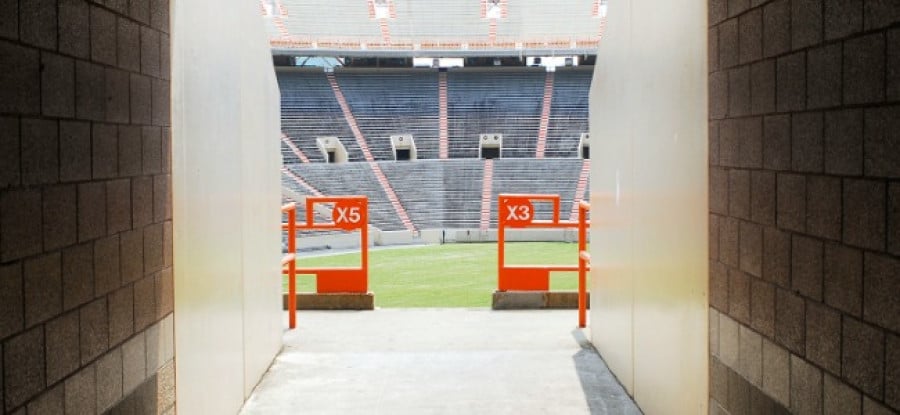Will the Localism Act 2011 really help football fans protect their stadiums?

In recent times, both the front and back pages of the newspapers have contained stories about football fans’ protesting against the rising costs of ticket prices.1 There also seems to be a growing sense that fans who are “the lifeblood of the game”2 are being taken for granted by clubs, broadcasters and sponsors alike.
In this context, it is timely to examine how fans have utilised the recently passed Localism Act 2011 (the Act) and whether it operates to give football fans a real say in the future of “their” football stadium or whether it is more of a symbolic device for fans.
Background to the Localism Act 2011
The Act was introduced by the Conservative Government as part of its agenda to reduce top down regulation and reintroduce local control for communities and local authorities. Contained within the Act was the statutory framework to allow, “communities the opportunity to take control of assets and facilities in their neighbourhoods by levelling the playing field by providing the time for them to prepare a proposal”,3 when the assets were proposed to be sold by their existing owners.
Together with the Assets of Community Value (England) Regulations 2012, the Act’s provisions create the assets of community value scheme whereby local groups can nominate a building or other land to be listed as an asset of community value by the local authority.
Once listed, the asset remains on the register for 5 years, and the owner must notify the authority if they propose to make certain relevant disposals including selling the freehold or granting or assigning a lease of 25 years or more.
This then triggers a six-week period in which community interest groups can make a written request to be treated as a prospective bidder. If this occurs, then a further four and a half month moratorium occurs in which the owner cannot dispose of the property or enter into a binding contract to do so later.4
The purpose of the in total six-month moratorium from notification of the disposal is to allow the community group to seek the finance to purchase the property. If at the end of the six weeks no community group has requested to be treated as a potential bidder or at the end of the six months the owner is free to dispose of the property.
Once the six-month moratorium has expired then the listed asset can be disposed of during a protected period of 12 months in which the owner may dispose of the asset without any restriction.5 The scheme also makes provision for owners to seek compensation from local authorities where the owner incurs “loss or expense in relation to the land which would be likely not to have been incurred if the land had not been listed.”6
How is the scheme administered?
The scheme is administered by local authorities who have obligations to administer the nomination schemes, consider the nominations and maintain lists of both assets that have been listed as assets of community value7 and those that have been nominated but where the nomination has been rejected.8
The scheme was originally introduced to allow local communities to bid for assets that the Government recognised as playing an integral role in local life such as “community centres, libraries, swimming pools, village shops, markets or pubs”.9
A June 2014 analysis of the figures for listed assets showed that pubs made up 31% of the listed assets with community centres forming 8% and community shops, library, car park, allotments, school, sports ground or parks forming 3% each of listed assets.10
Following nominations, local authorities must carry out an assessment within 8 weeks as to whether an actual current use is one that furthers the social wellbeing or social interests of the local community. If there is no actual use that is relevant, there can be a consideration of whether there was in the recent past use that furthered the social wellbeing or interests of the local community and if there is a realistic possibility of such a use in the next 5 years.11
Surprisingly there is no definition of what constitutes social wellbeing or social interest, with the act merely citing that social interests include ‘cultural interests; recreational interests; and sporting interests’.12 Other key terms such as the recent past are similarly not defined.
To continue reading or watching login or register here
Already a member? Sign in
Get access to all of the expert analysis and commentary at LawInSport including articles, webinars, conference videos and podcast transcripts. Find out more here.
- Tags: Assets of Community Value (England) Regulations 2012 | Football | Football League | Football League Rules and Regulations | Governance | Localism Act 2011 | Premier League | Premier League Handbook | Regulation | United Kingdom (UK)
Related Articles
- An analysis of how English football can reinforce the criteria of who is a “fit and proper person” to run or own a club
- A review of HMRC’s changes to the taxation of sports testimonials and benefit matches
- How homophobic football chants are addressed under the FIFA Disciplinary Code
- Key difficulties lawyers can face when trying to settle high profile sports employment disputes
- Analysis of the legal arguments in FIFPro’s challenge to FIFA's football transfer system
Written by
AnneMaree McDonough
Annemaree is a consultant at Shepherd & Wedderburn where she works on sports, broadcast and telco issues. She has previously worked in-house for BT and Virgin Media.

 Global Summit 2024
Global Summit 2024